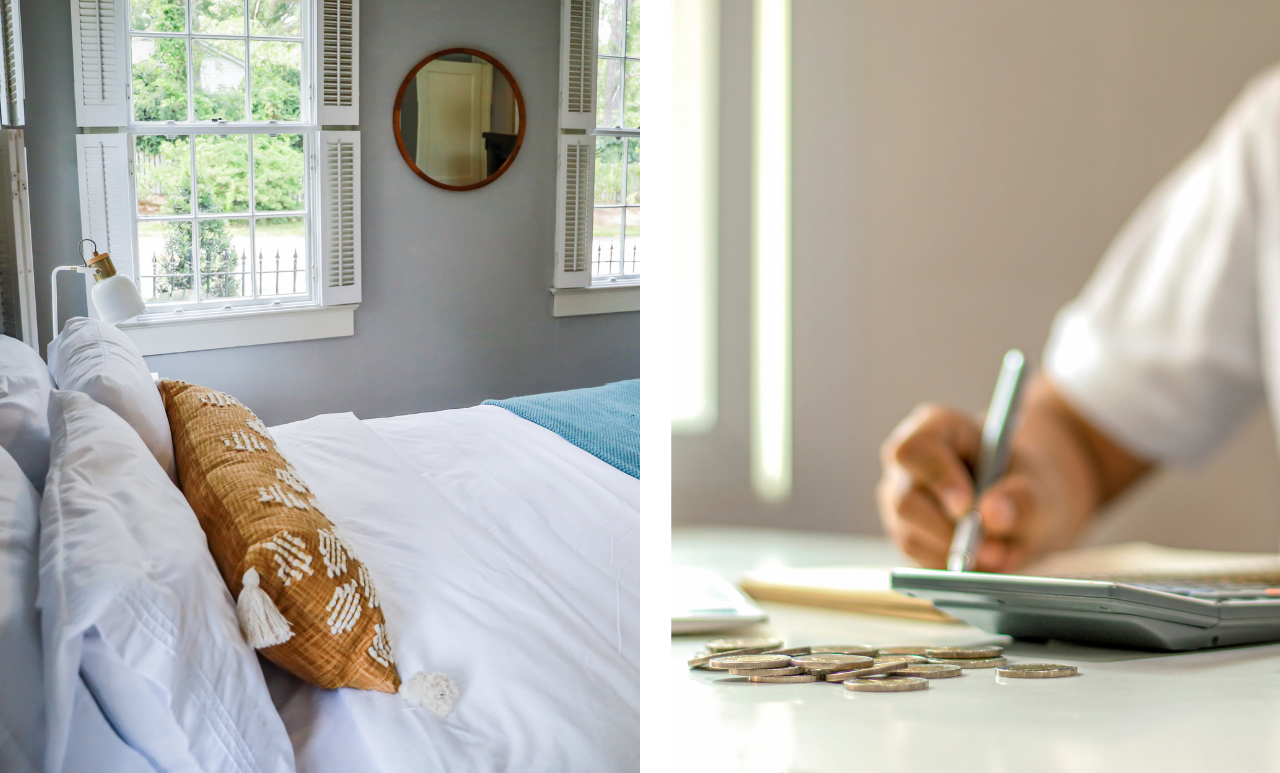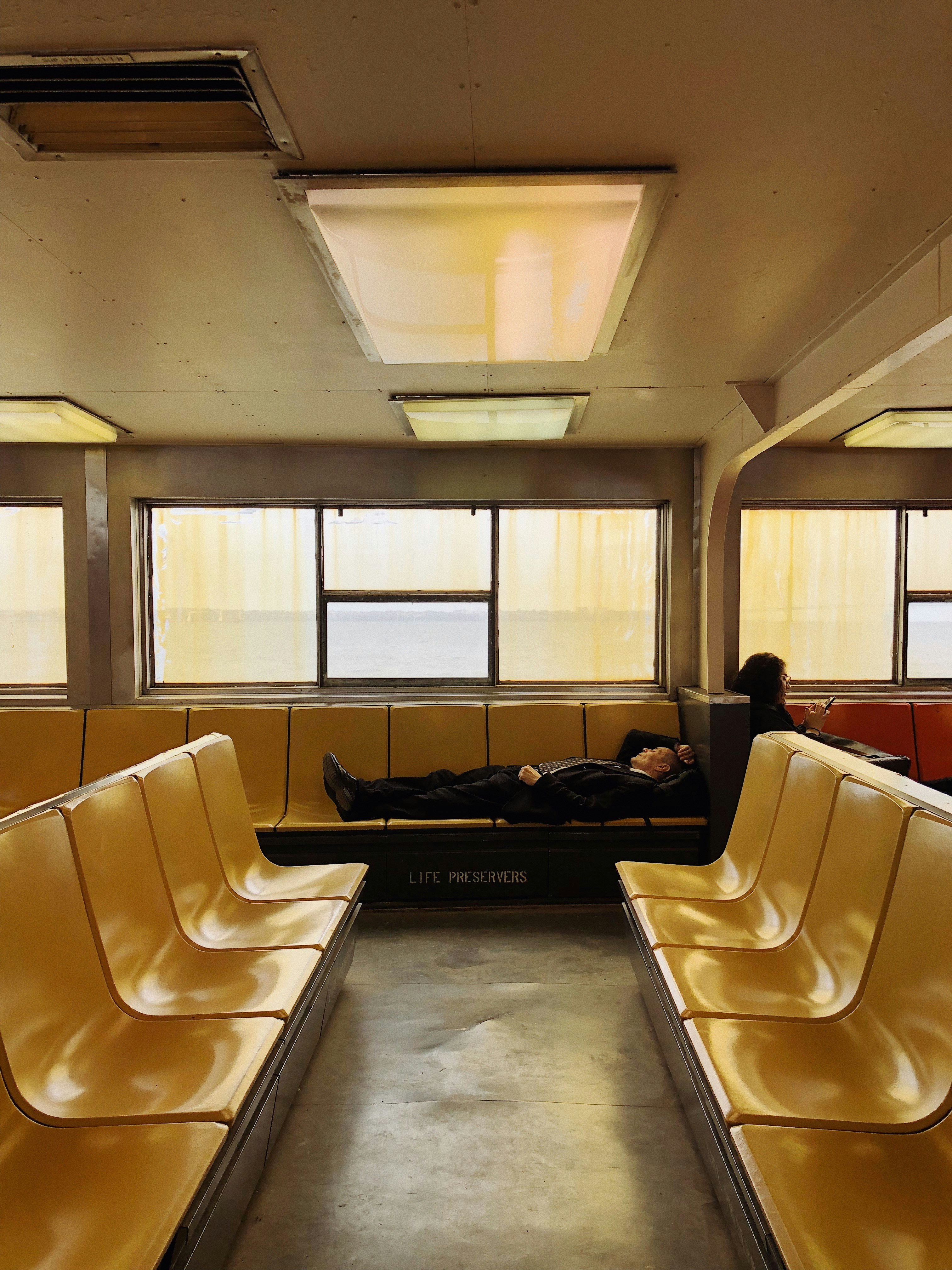Secret villages in Europe are where real travel magic happens — far from the tourist crowds and overpriced cafés. Nearly 85% of European tourists visit the same 10 cities each year. The rest of the continent? A treasure map of cobblestone streets, riverside castles, and café terraces where the only background noise is birdsong and the occasional clink of a coffee cup.
If you’ve ever felt crushed in a crowd at the Trevi Fountain, paid €12 for a watery cappuccino, or returned home wondering if you saw the real Europe at all, you’re not alone. In 2025, smart travelers are skipping the overhyped spots and heading for hidden villages in Europe where prices are fair, culture is rich, and authenticity is more than a marketing slogan.
Whether you’re sipping Chianti with Tuscan locals, kayaking in a quiet Catalan cove, or wandering a medieval market in the Pyrenees, these secret European villages will give you stories the guidebooks forgot to tell. Pack your curiosity, and maybe a good pair of walking shoes, and let’s explore Europe’s best-kept secrets together.
Lecchi in Chianti, Italy – The Quiet Tuscan Dream
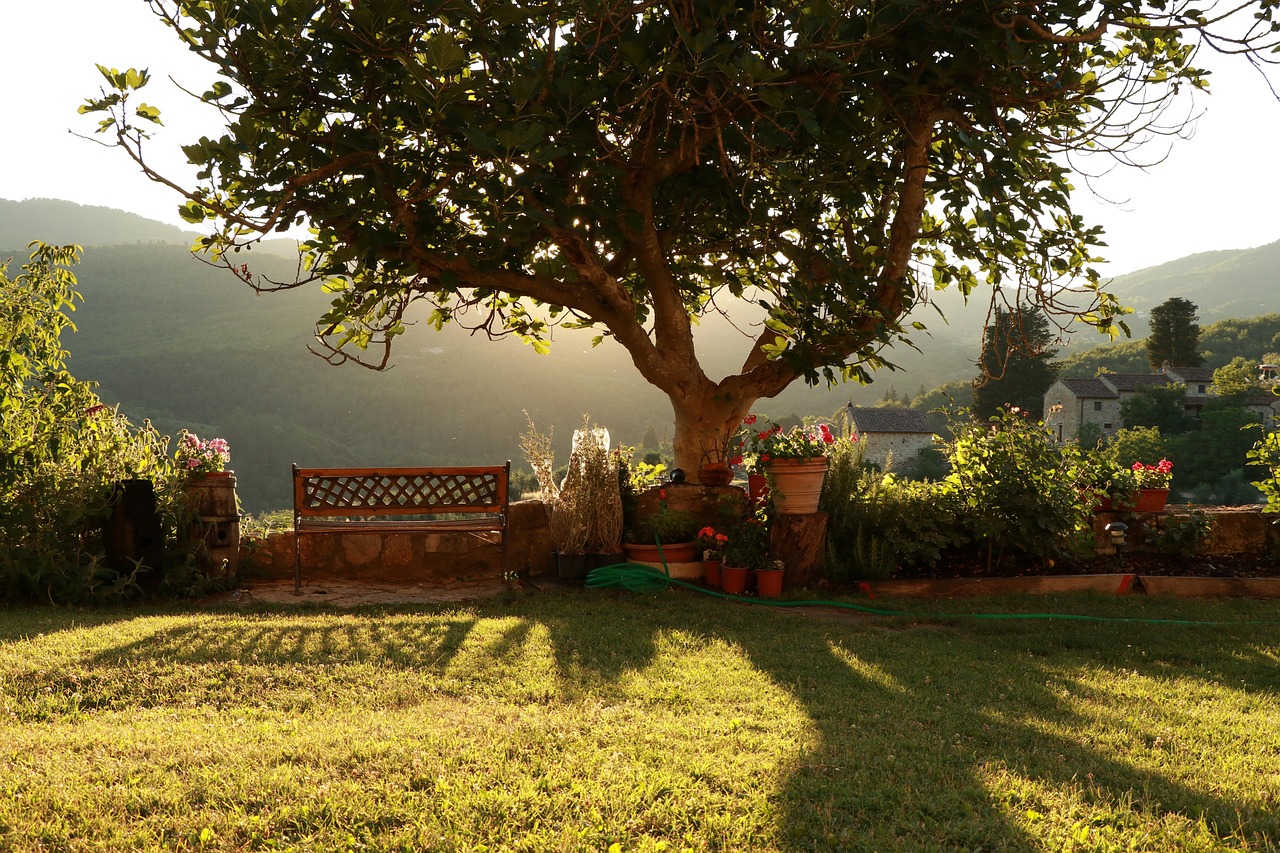
Forget the wine bus tour through Chianti Classico and veer off into Lecchi, a hamlet of fewer than 200 people surrounded by olive groves and vineyards.
- Where to stay: Book a rustic room at Borgo Lecchi, a charming agriturismo with views that stretch across the valley.
- What to do: Sip wine at the tiny village enoteca, hike the nearby Brolio Castle trails, and enjoy a pasta-making class with local nonnas.
- Budget tip: Visit in early May or late September for cheaper stays and mild weather.
Cadaqués, Spain – Dalí’s Mediterranean Muse
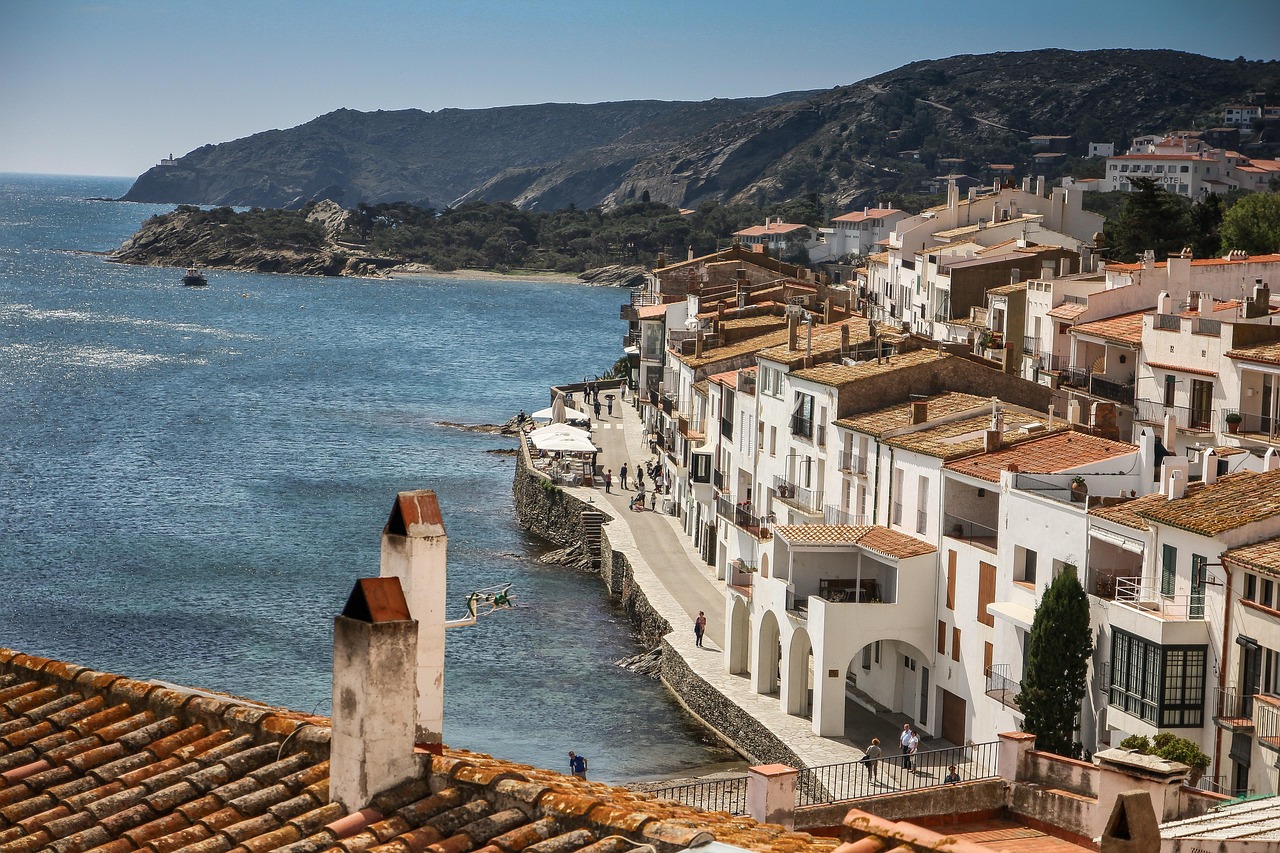
While Costa Brava has its fair share of party towns, Cadaqués feels like a secret whispered by artists. The surreal light here once captured Salvador Dalí’s imagination, and it’ll likely capture yours.
- Must-see: Dalí’s house-museum in Portlligat (link) is an otherworldly experience.
- What makes it special: Whitewashed houses, bohemian vibes, and kayak-friendly coves without the crowds of Ibiza or Mallorca.
- Eat cheap: Grab seafood tapas at Bar Boia, a no-frills beachside spot that dates back to the 1940s.
Žužemberk, Slovenia – Riverside History Without the Hype
Just an hour from Ljubljana, the village of Žužemberk is nestled along the Krka River, with a dramatic 13th-century castle perched above.
- Activities: Swim in the river in summer, hike through dense forests, or attend a medieval reenactment festival at Žužemberk Castle.
- Where to stay: Stay in a family-run guesthouse like Gostilna Pri Francki, where you’ll be treated like kin.
- Why it’s a gem: Slovenia’s quiet countryside is still one of Europe’s best budget-friendly nature escapes.
Koprivshtitsa, Bulgaria – A Living Museum in the Mountains
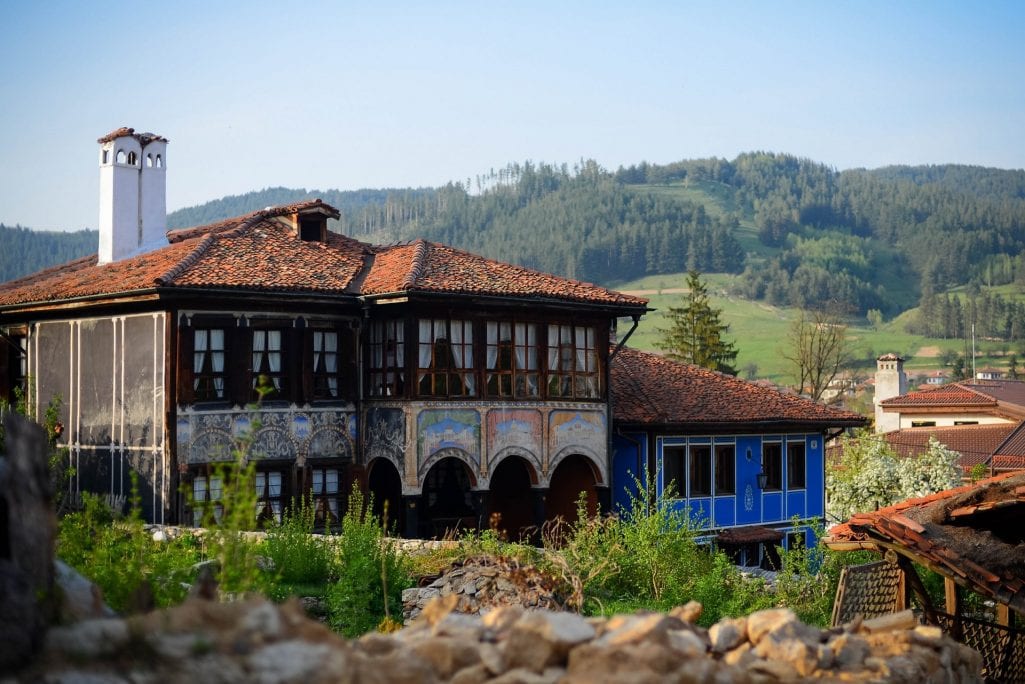
Steeped in revolutionary history and architectural wonder, Koprivshtitsa is a vibrant window into Bulgaria’s past.
- Colorful homes: Wander the National Revival-style houses turned museums, like the Oslekov House and Lyuben Karavelov Museum.
- Cultural perks: This is the site of the famous National Folklore Festival, held every five years. Next one? August 2025.
- Sleep: Budget-friendly guesthouses abound; check out Hadjiata.
Esch-sur-Sûre, Luxembourg – Fairytale Meets Forest
In a country not typically on backpacker radars, Esch-sur-Sûre is a microcosm of enchantment, a village wrapped in a river, crowned with castle ruins.
- Budget-friendly? Yes, thanks to the rise of local campsites and regional train passes.
- Things to do: Swim in the Sûre River, explore the Upper-Sûre Natural Park, and hike to the 927-year-old ruins.
- Best season: Late spring (May–June) when wildflowers are in full bloom and prices are low.
Boí, Spain – Romanesque Marvels in the Pyrenees
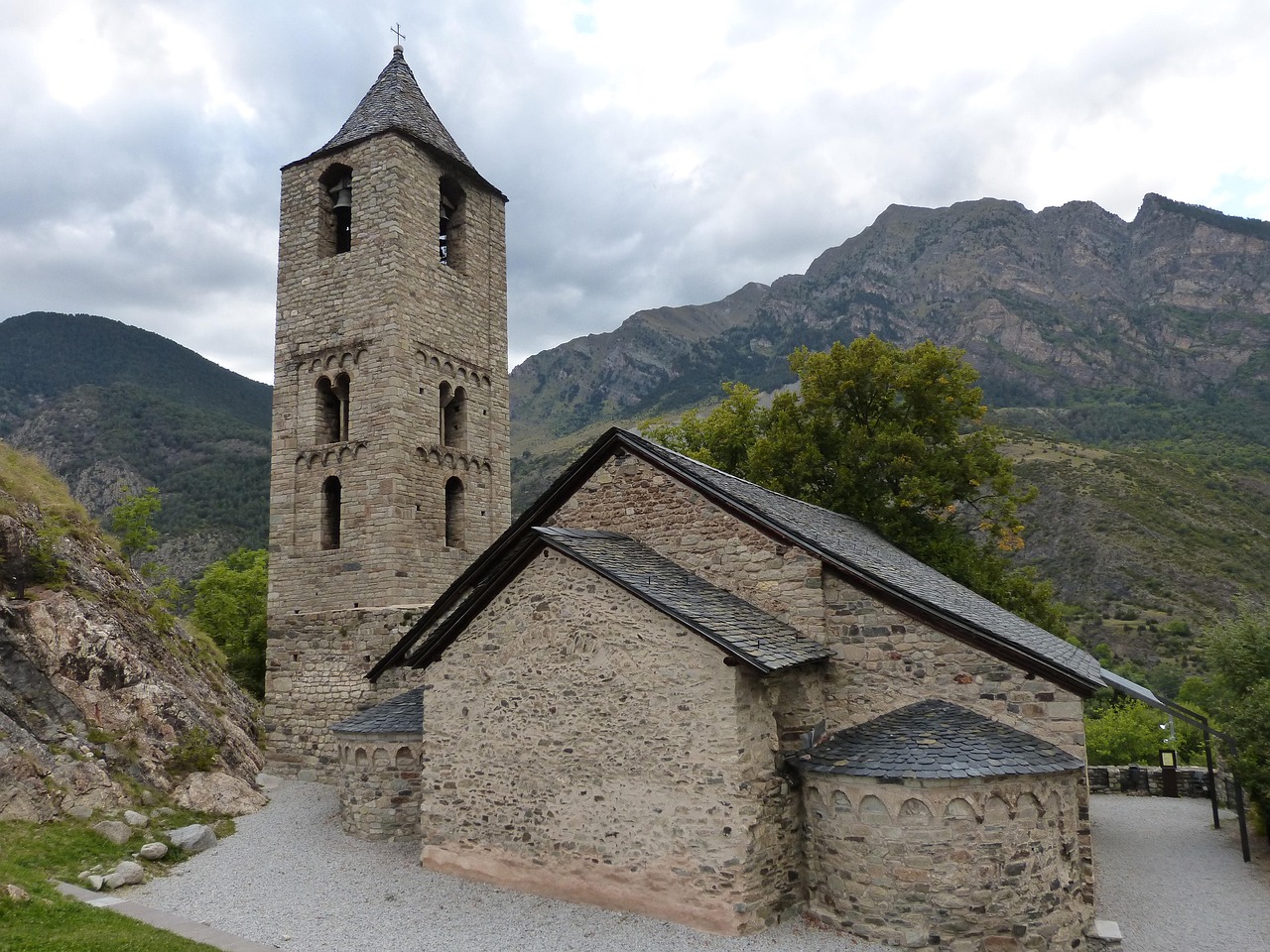
A UNESCO-protected village nestled in Catalonia’s highlands, Boí is part of the Vall de Boí, known for its striking Romanesque churches and alpine vistas.
- What makes it special: Ancient frescoes, thermal springs, and access to Aigüestortes i Estany de Sant Maurici National Park (link).
- Stay on a budget: Check out the mountain-style Hostal Pey or local apartments on Booking for under €50/night.
Grožnjan, Croatia – Istria’s Artist Village
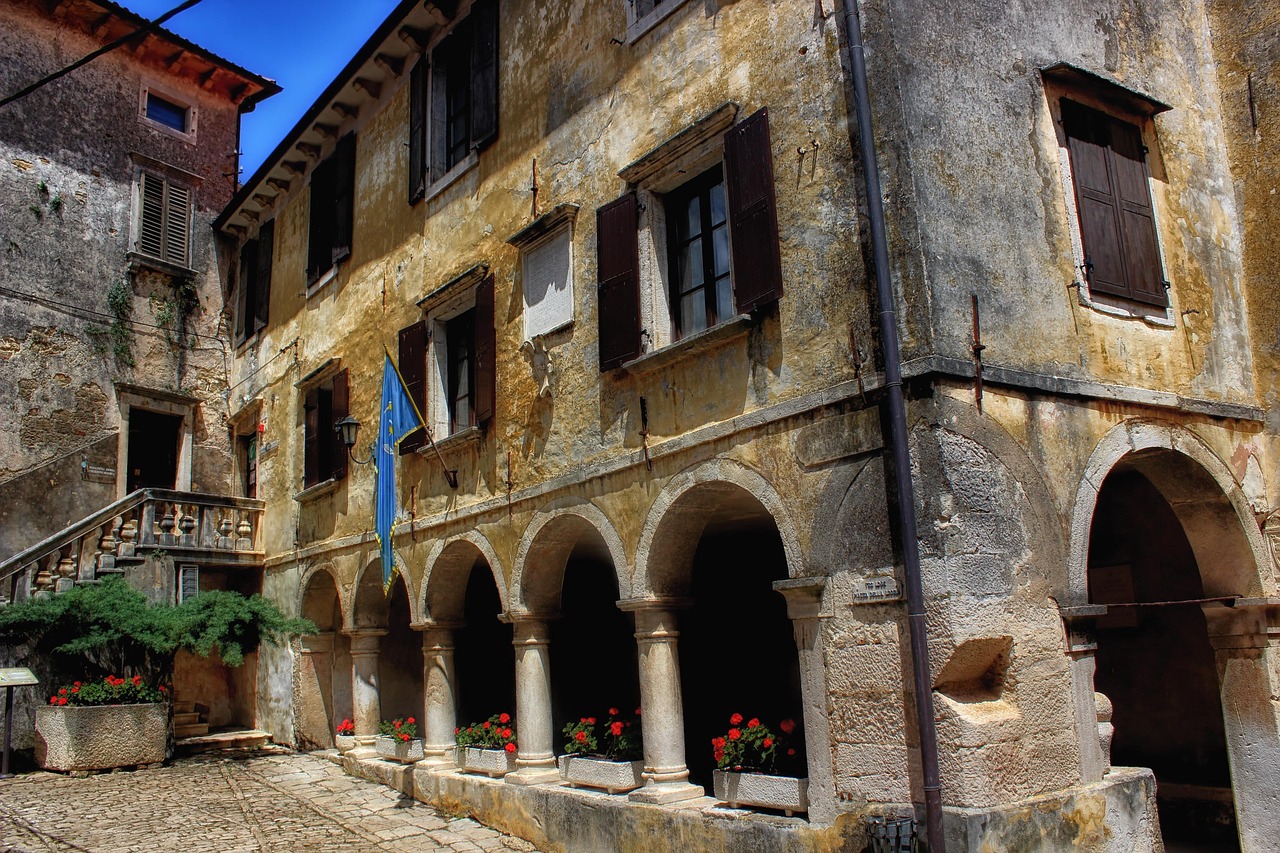
While Dubrovnik gets all the buzz, Grožnjan offers soul. This hilltop village bursts into life in summer with open studios, jazz festivals, and olive oil tastings.
- Local tip: Rent a bike and cruise the Parenzana Trail, a converted railway path through vineyards and tunnels.
- Stay cheap: Rooms in restored stone houses start from €40/night.
- Don’t miss: Sunset at San Rocco Viewpoint, it feels like the edge of the world.
Telč, Czech Republic – Baroque Beauty Without the Price Tag
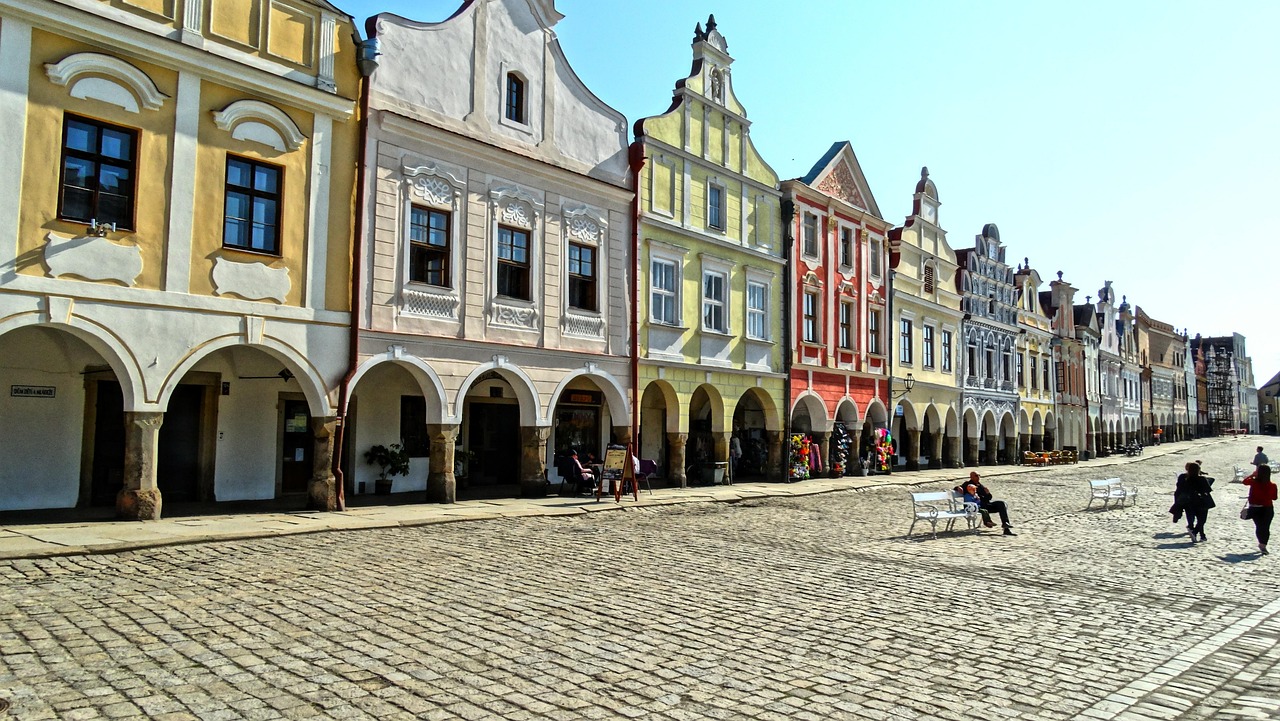
If UNESCO fairy tales came on a budget, they’d look like Telč. Its pastel-colored main square is lined with arcaded houses and reflected in a serene pond.
- Explore: The 16th-century Telč Chateau (link), with its Renaissance interiors and lavish gardens.
- Travel tip: Trains from Prague are under 3 hours, and much cheaper than heading to Český Krumlov.
- Lunch idea: Grab a hearty Czech meal at Restaurace Svejk for under €10.
Castelnou, France – A Pyrenean Escape of Stone and Silence
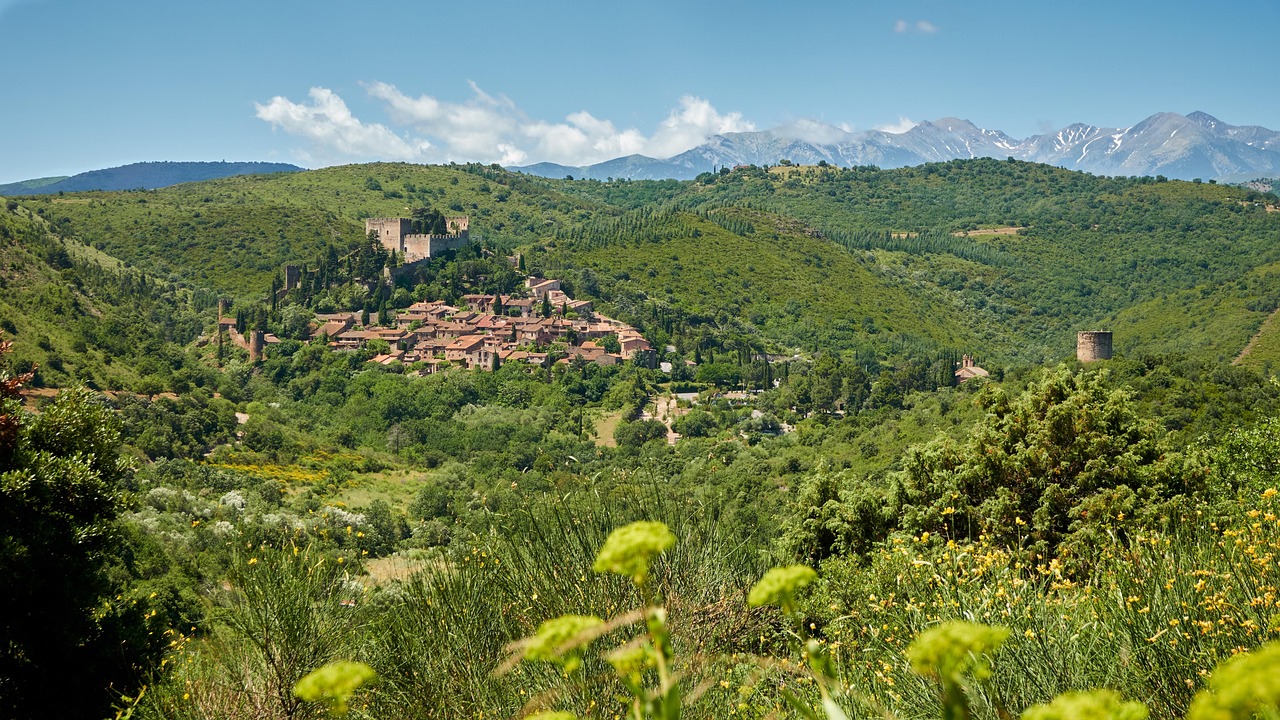
Hidden in southern France near the Spanish border, Castelnou is a preserved medieval village wrapped in mountains and quiet charm.
- Top sites: The Château de Castelnou and 13th-century Eglise Sainte-Marie du Mercadal.
- Local markets: The Wednesday artisanal market is perfect for snagging olive soaps, ceramics, and cheese.
- Stay: La Figuera offers rustic rooms and homemade breakfasts starting at €60/night.
Why Secret Villages Matter in 2025
In a world leaning toward fast-paced, algorithm-driven travel, choosing small villages is a powerful act of resistance. It supports local economies, eases overtourism, and connects you to the soul of a place, not just its surface.
These aren’t the easiest places to get to, and that’s exactly the point. The journey makes the reward all the more unforgettable.
Whether you’re house-sitting in Bulgaria, hiking through Slovenian forests, or sipping homemade rakija in Macedonia, the best kind of European trip is the one where strangers become friends, prices don’t make your wallet cry, and every corner holds a story that hasn’t been told a thousand times before.



